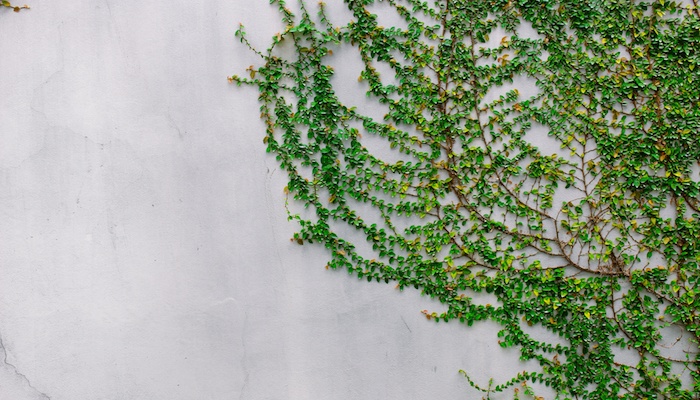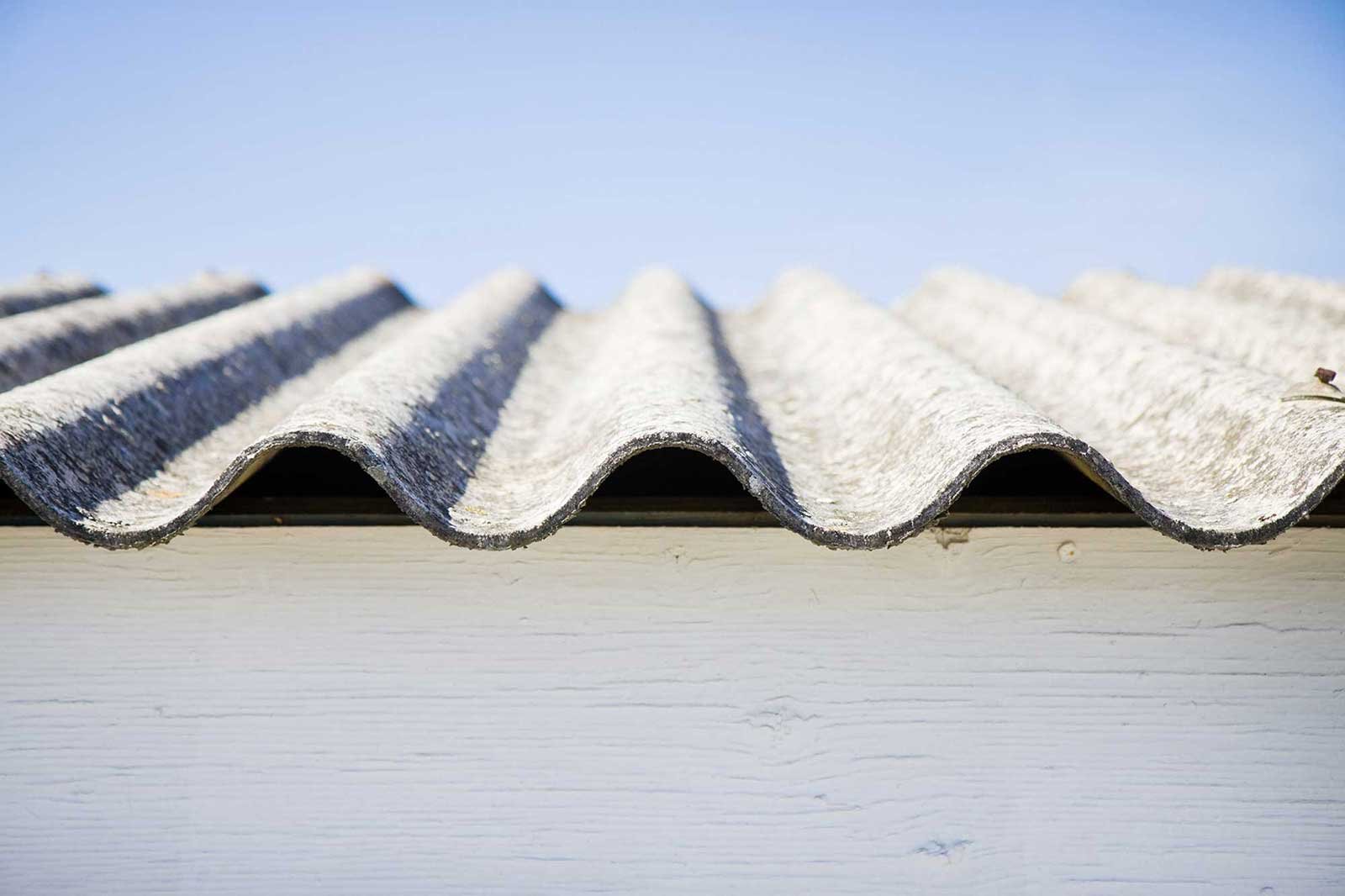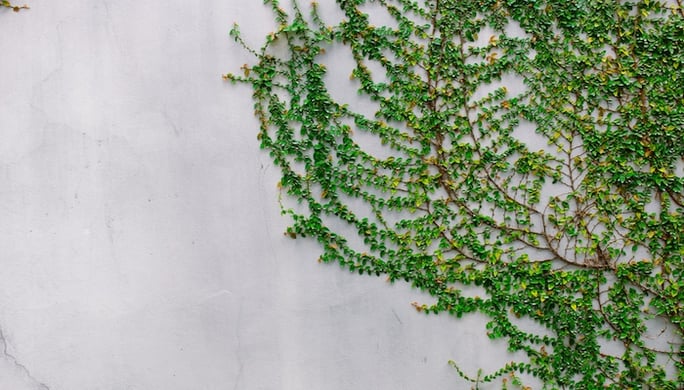
Jul








A charming vine-covered house…can it be done? Shade from a leafy vine will help keep temperatures down in the house during summer, but it also holds moisture when it rains and that can cause problems. Also, the inherent mechanics of the ways vines hold on and climb can damage the building.

In this post we look at growing vines on your roof and house and explore ways that that you could have vines around your home while minimising any potential damage.
Most climbing vines adhere to surfaces by using clinging roots, sticky pads and twining tendrils. Clinging root and sticky pad-type vines have the most potential to cause damage to a house’s exterior. Twining tendrils must grow around a support but can also cause serious damage to a home if they begin to twine around a gutter, window or roofline.
One way to minimise damage is by choosing a type of vine that is less likely to damage your home. Avoid ivy, which has very tough clinging roots and is known to be invasive. Another type, creeper vine, would be a better choice for a classic vine-covered look; or try a climbing vine with flowers like bougainvillea or Passionfruit (plus you get some nice fruits, too). Check with your local nursery to find out the best option for your home.
The best way to avoid damage to your house is by training vines to grow on a trellis placed at least 15cm away from the side of your home — most are placed too close, which allows the vines to adhere to the exterior wall and the trellis. When trellises are cleverly positioned they allow the vines to cover the structure without actually growing on it, protecting it from damage. Any type of vine that can climb on an exterior wall should also be able to climb a sturdy trellis without a problem.
Trellises can even be built with a hinge at the bottom, allowing the entire structure to be tipped forward when you need to access the exterior, such as for repainting.
Whether you grow your vines directly on your house or on a support, regular maintenance is essential. Keep vines trimmed clear of windows, doors, drainpipes, gutters, shutters and rooflines — any type of vine that becomes entangled in your home’s architectural features can cause serious damage, including leaks and rot. Unchecked, they have the potential to put out your gutters and downpipes, and damage your home’s exterior façade. Rooftop vines that are left unchecked can inhibit rain runoff. This can cause standing water or collected moisture beneath the vines. This dark, damp environment encourages dangerous mould growth which can lead to damage to your roof.
BOOK A FREE
ROOF CONSULTATION











79 Cambridge Street, Coorparoo Brisbane QLD 4151
QBCC Lic. #1147373 Master Builders 64246